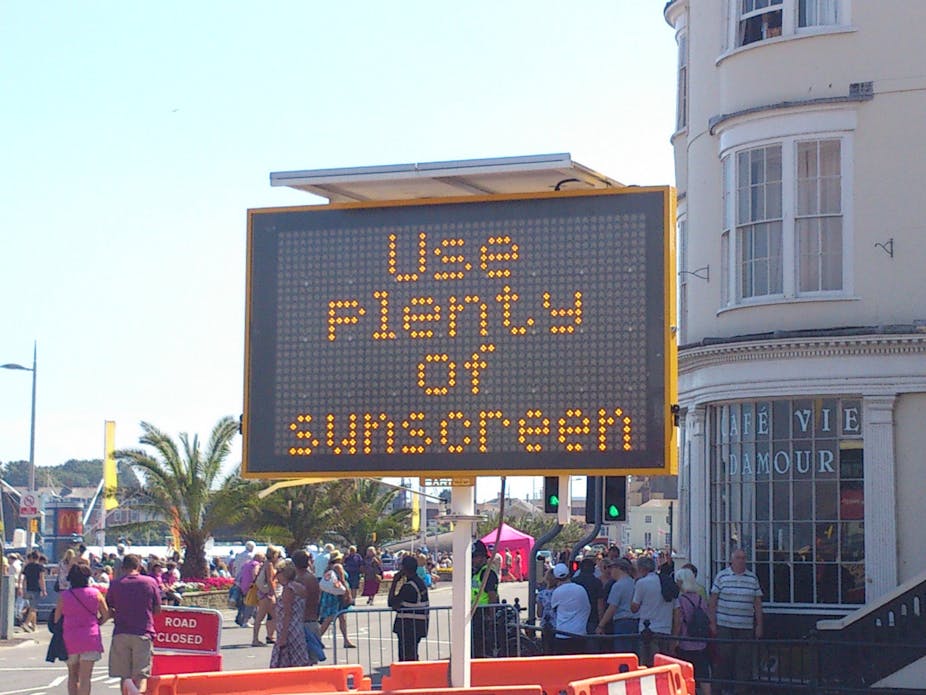In 2009 a team of academics from Eindhoven University of Technology dug up a perfectly normal street in the Netherlands. In its place they installed a chemistry experiment cunningly disguised as a concrete pavement. To the users of the street there’s little discernible difference between it and the neighbouring roads. Nevertheless they have been living and breathing the results of the experiment ever since. And a recently paper published by the Eindhoven team have reported those results.
The experiment replaced the normal concrete paving with slabs designed to remove pollutants from the air. Specifically nitrogen oxides (NOx) which are found at worryingly high levels in large cities and are a major cause of health and environmental problems.
The magic ingredient of the new slabs was titanium dioxide (TiO2). Its a pure white substance used in everything from paint to sunscreen and food colouring. The trick is that the TiO2 absorbs ultraviolet light from the sun (that’s why its useful in suncreen). This solar energy then triggers a cascade of other reactions involving water, oxygen and the harmful NOx. The net result is that the NOx in the air gets converted to nitrates which absorbed by the concrete and locked away.
Smog-eating concrete blocks aren’t actually anything new, they have been installed in streets across the world, including London and Japan. What the newly published study shows is just how well they work over a year or so.
Along with the TiO2 blocks the researchers also installed air quality monitors in the street and its surroundings. The result? Well actually their TiO2 impregnated blocks didn’t work particularly well. Undeterred, the team applied a simple, additional TiO2 coating that was sprayed onto the street surface. This time there was more success. When they compared the control section of the road to the sprayed region they saw a marked improvement in air quality.
This looks like good news, but unfortunately the effect only lasted a few months. Roads get quite a belting from the elements and traffic which wears away the treatment. Plus the dirt and dust, particularly from rubber tyres, accumulates on the road surface. The dirt stops the sunlight reaching the TiO2 layer so the smog eating reaction can’t get started.
Despite the lack of durability, the TiO2 spray probably has some significant advantages over NOx-absorbant concrete blocks. Even if the efficiency of the blocks can be improved, the cost of installation is likely to be prohibitively expensive and disruptive unless its incorporated existing maintenance schemes. But maybe the spray could be applied by street cleaners, giving our roads a regular layer of air-cleaning sunscreen.
With cities getting larger and larger, and more people breathing in the polluted air that comes with them, our challenge is to make the urban environment work with us to clean the air around us.

